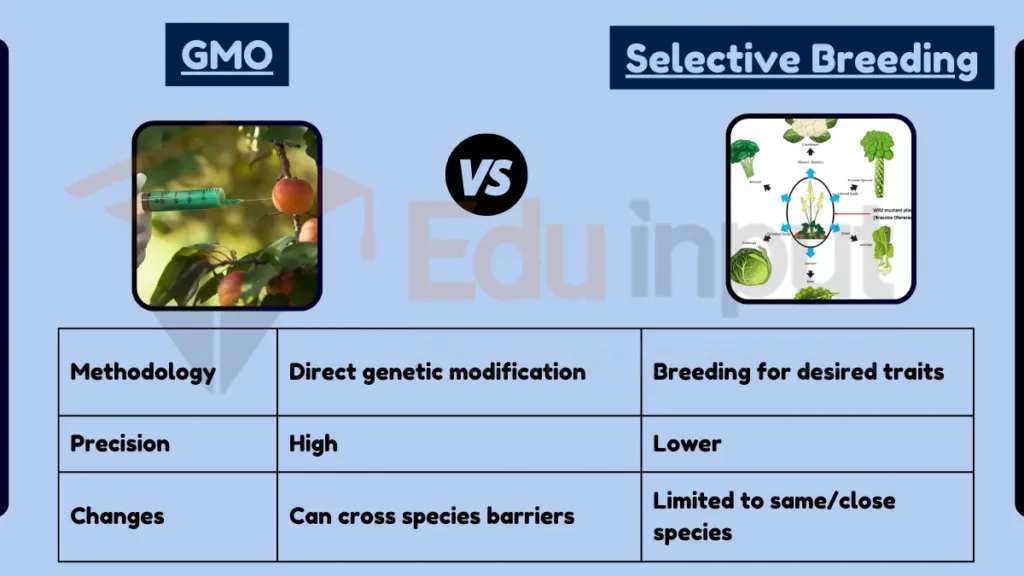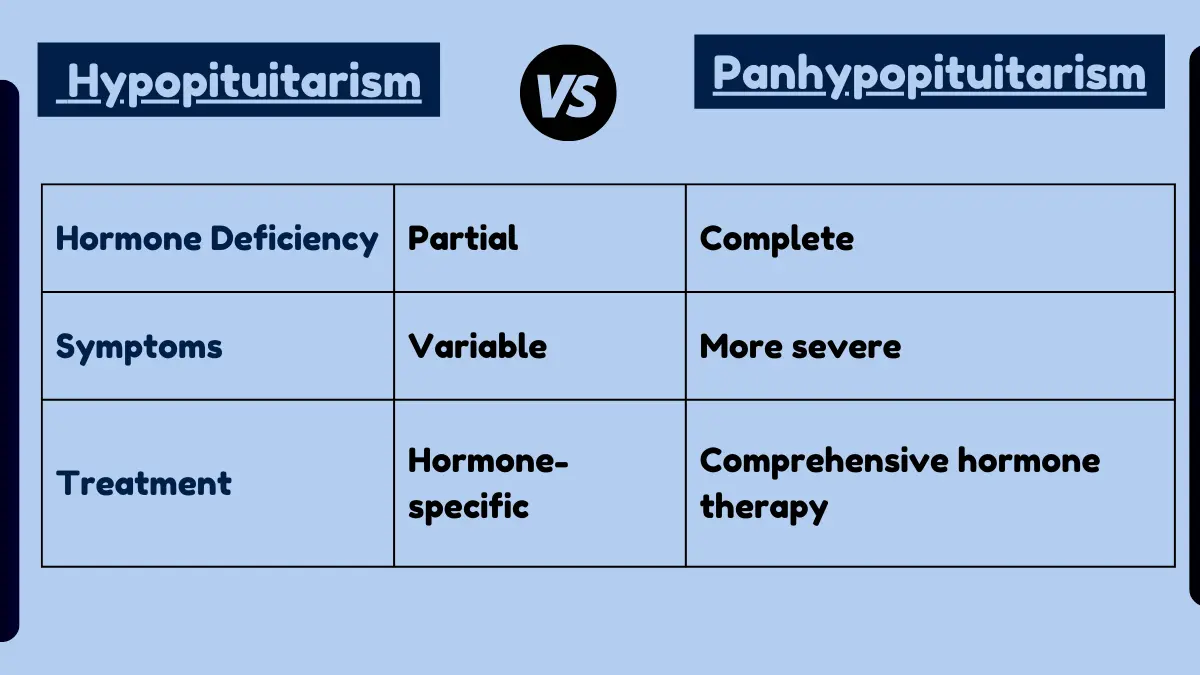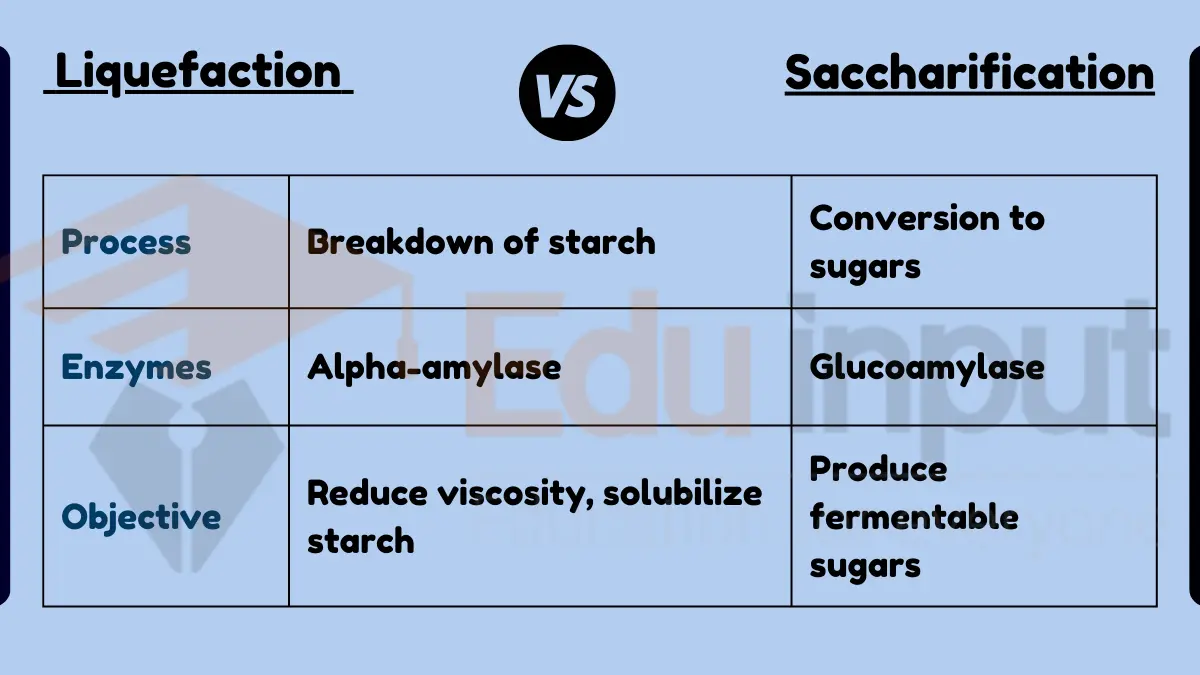What is the Difference Between GMO and Selective Breeding?
Key Difference
The key difference between Genetically Modified Organisms (GMOs) and selective breeding lies in their methods and precision. GMOs are created by directly modifying the DNA of an organism using biotechnology, allowing for specific, targeted changes.

Selective breeding, on the other hand, is a traditional method where organisms with desirable traits are bred over generations to enhance or modify certain characteristics, without directly altering the DNA at a molecular level.
Comparative Analysis
- Methodology:
- GMO: Involves directly changing an organism’s genetic makeup using modern biotechnology.
- Selective Breeding: Relies on choosing parents with desired traits to breed over generations.
- Precision and Speed:
- GMO: Highly precise, can introduce specific traits rapidly.
- Selective Breeding: Less precise, takes many generations to achieve desired traits.
- Scope of Changes:
- GMO: Can introduce traits from different species.
- Selective Breeding: Limited to genetic traits within the species or closely related species.
- Examples and Applications:
- GMO: Pest-resistant crops, fast-growing salmon.
- Selective Breeding: Dog breeds, high-yield crops.
Table Summary
| Feature | GMO | Selective Breeding |
|---|---|---|
| Methodology | Direct genetic modification | Breeding for desired traits |
| Precision | High | Lower |
| Changes | Can cross species barriers | Limited to same/close species |
| Examples | Pest-resistant crops | Different dog breeds |
GMOs and selective breeding are both used to alter and improve organism traits, but they differ significantly in terms of methodology, precision, and the scope of possible changes.

 written by
written by 




Leave a Reply